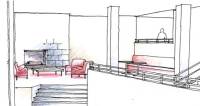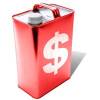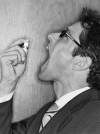
excerpt:
“The thought of price increases causes anxiety for many operators. But clever pricing is a great opportunity to practise your marketing skills, build your reputation and increase your profits.When inflation was high, price rises were almost a sport – now they’ve become an agonising debate. One thing’s for sure – you live by price and you die by price. Operators still holding the price of meals to what they were 12 months ago are bearing the brunt of massive increases in the cost of fuel and ingredients. Profitability is suffering.
So how do you put up prices with confidence and style?”
source: “How to increase your prices” (ProfitableHospitality.com, Aug.2006) [public access til Aug.19th]






